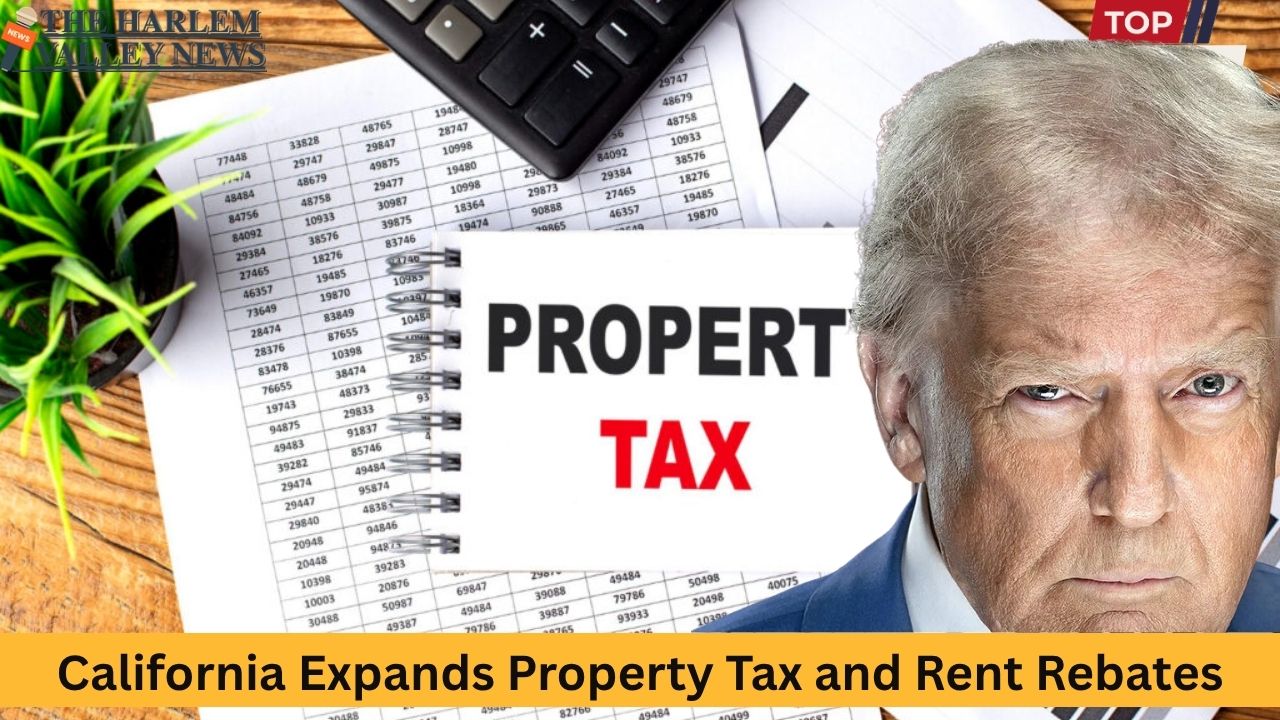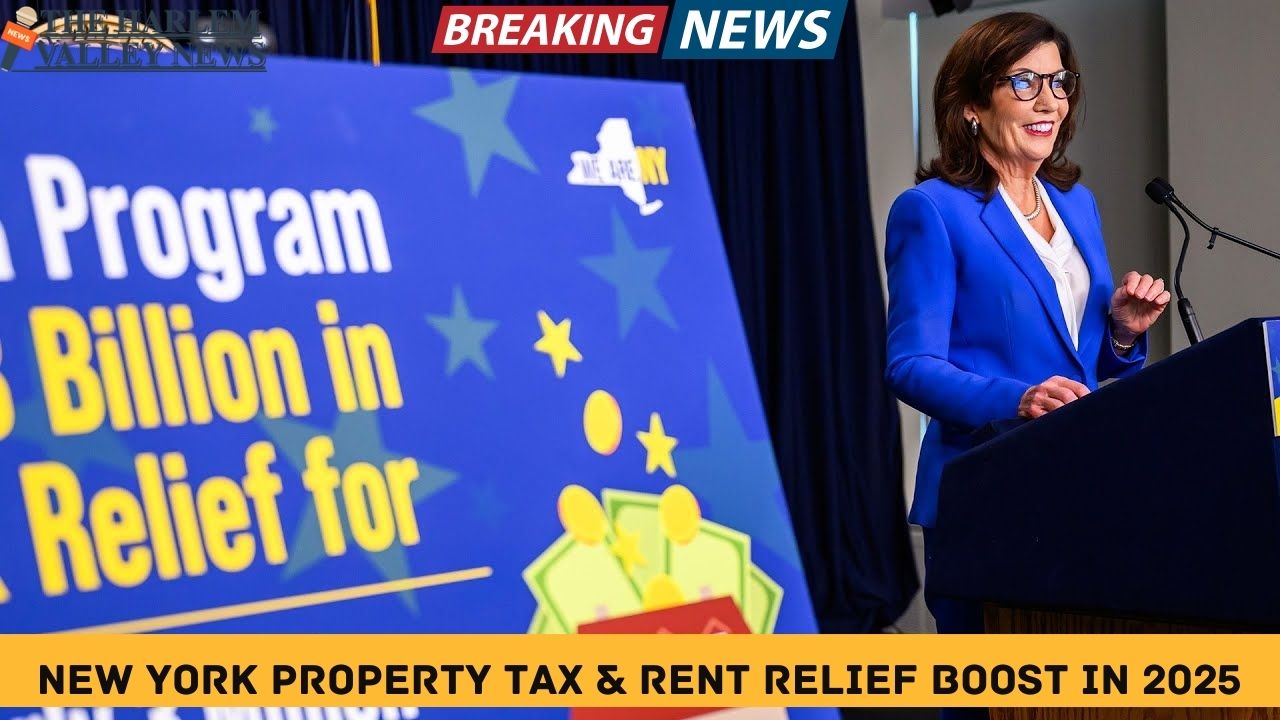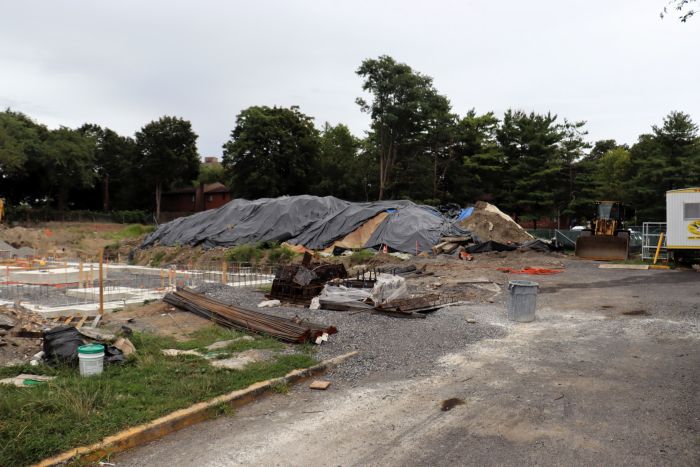California has introduced a sweeping expansion of property tax and rent rebate programs to support seniors and low-income families facing mounting housing costs. As the state’s real estate market continues to push property values upward, these reforms offer much-needed relief. Whether you’re a retiree in San Diego, a low-income renter in Fresno, or a working family in Riverside, these programs are designed to reduce financial pressure and help more Californians stay in their homes.
Let’s explore how these changes work, who benefits, and where the impact will be felt most strongly.
The Rising Cost of Housing
Housing affordability in California is a growing concern. Median home prices have surpassed $800,000 in several urban counties, while rental rates continue to climb statewide. Here’s a look at average housing costs in some key cities:
| City | Median Home Price | Average Monthly Rent (1BR) |
|---|---|---|
| San Francisco | $1.2 million | $2,950 |
| Los Angeles | $950,000 | $2,750 |
| San Diego | $910,000 | $2,620 |
| Sacramento | $560,000 | $1,800 |
| Fresno | $400,000 | $1,450 |
These costs have placed immense pressure on seniors living on fixed incomes and low-income renters trying to stay in urban areas close to work and family.
Expanded Property Tax Deferral for Seniors and Disabled Homeowners
California has broadened its Property Tax Postponement (PTP) program, allowing eligible seniors and disabled individuals to defer their property taxes.
Key Eligibility and Benefit Overview
| Requirement | New Policy |
|---|---|
| Age Requirement | 62+ years or legally disabled |
| Income Limit | Approx. $53,000 per household |
| Minimum Home Equity | At least 40% of home equity |
| Property Type | Primary residence only |
| Repayment Terms | Deferred until sale or transfer |
This initiative is especially valuable in counties like Alameda and Santa Clara, where property tax bills can reach several thousand dollars annually. By deferring taxes, seniors can retain their homes and access equity when needed without immediate out-of-pocket payments.
Property Tax Exemptions and Base Value Transfers
To assist seniors who want to downsize or move closer to family, the state expanded its base year value transfer program. Seniors can now move to a new home and carry over their existing (lower) property tax base.
Benefits of Base Year Value Transfer
| Criteria | Details |
|---|---|
| Eligible Age | 55+ |
| Number of Transfers Allowed | Up to 3 lifetime transfers |
| Location Restriction | Any county within California |
| New Home Value | Must be equal or less than prior home |
| Tax Savings | Keeps original (lower) property tax base |
This reform is especially helpful in high-tax counties like Marin, Orange, and Santa Barbara, where even small homes carry high tax implications under old assessment rules.
Rent Relief and Renter’s Tax Credit Expansion
Renters in California have often been left out of property tax relief programs. Recent updates now allow more low-income renters to access state credits, putting cash back in their pockets at tax time.
Expanded Renter’s Tax Credit Overview
| Filing Status | Income Limit | Credit Amount |
|---|---|---|
| Single | ~$52,000 | $60 |
| Head of Household | ~$104,000 | $120 |
| Married Filing Jointly | ~$104,000 | $120 |
Renters in lower-cost areas like Stockton and Bakersfield may particularly benefit, where even small credits can help with utilities, food, or gas.
New Partial Property Tax Exemptions for Affordable Housing Providers
California’s new partial property tax exemption incentivizes landlords to keep units affordable. The exemption applies proportionally to the number of income-restricted units in a building.
Affordable Housing Property Tax Exemption Model
| % of Units at Low Income | % of Property Tax Exempted |
|---|---|
| 25% | 25% |
| 50% | 50% |
| 75% | 75% |
| 100% | 100% |
This is expected to boost affordability efforts in dense areas such as Long Beach, Oakland, and San Bernardino, where affordable housing is in high demand but limited supply.
Who Qualifies?
Understanding eligibility is essential for accessing these benefits. Here’s a consolidated view:
Summary of Eligibility by Program
| Program | Primary Beneficiaries | Income Limit | Property Requirement |
|---|---|---|---|
| Property Tax Postponement | Seniors 62+, disabled homeowners | ~$53,000 | Owner-occupied primary home |
| Base Year Transfer | Homeowners 55+ | None | Move within state |
| Renter’s Tax Credit | Low-income renters | ~$52,000–$104,000 | Must have paid rent ≥6 months |
| Affordable Housing Exemption | Landlords/developers with restricted units | N/A | % units must meet criteria |
Cities Leading the Way in Implementation
Los Angeles
L.A. County has streamlined its tax deferral application portal and partnered with senior centers to host workshops for homeowners looking to defer taxes.
San Diego
In partnership with libraries, San Diego has launched walk-in help centers for renters to complete tax credit applications, particularly in underserved neighborhoods.
Sacramento
Sacramento is offering mobile assistance vans visiting retirement communities to help seniors understand their rights and fill out exemption paperwork.
Fresno and Bakersfield
Local nonprofits are stepping in to provide bilingual education and application support for both renters and homeowners, addressing barriers faced by immigrant and agricultural worker communities.
Long-Term Impact
The broader economic and social impacts of these policies will be felt statewide:
| Impact Area | Benefits |
|---|---|
| Senior Housing Stability | Prevents displacement, supports aging in place |
| Affordable Housing | Encourages supply and retention of low-cost rentals |
| Local Communities | Maintains neighborhood cohesion and generational equity |
| Economic Mobility | Reduces financial stress, enabling families to save |
Over time, this leads to more stable communities, fewer evictions, and greater public health and safety outcomes as housing insecurity decreases.
Challenges to Overcome
While the programs are promising, they face several hurdles:
- Limited Awareness: Many eligible residents simply don’t know these benefits exist.
- Application Barriers: Seniors and low-income households may struggle with documentation or digital access.
- Funding Caps: Some tax deferral and rebate programs have limited budgets and close once funds are exhausted.
- Inconsistent Implementation: Counties vary in outreach and execution quality, leading to geographic disparities in access.
Addressing these challenges will require a mix of increased state funding, improved digital access, and deeper community partnerships.
The Road Ahead
With housing affordability at the forefront of California’s policy agenda, future proposals may include:
- Auto-enrollment for eligible seniors and renters
- Increased renter credit amounts tied to inflation
- Grants instead of deferred tax loans for low-equity seniors
- More flexibility in inter-county tax base transfers
- Stronger incentives for mixed-income development projects
These ideas could further strengthen the safety net for Californians most affected by rising housing costs.
Conclusion
California’s expanded property tax and rent rebate initiatives mark a major stride toward housing affordability and equity. Seniors now have more options to age in place. Low-income renters receive direct relief. Landlords are encouraged to provide affordable housing.
From major metros like San Francisco and Los Angeles to growing hubs like Riverside, Stockton, and Chico, these reforms are designed to keep communities intact and families secure. While implementation challenges remain, the framework is in place for lasting impact.
California is taking decisive action to protect its most vulnerable residents—ensuring that the promise of home remains accessible to all.
















Leave a Reply